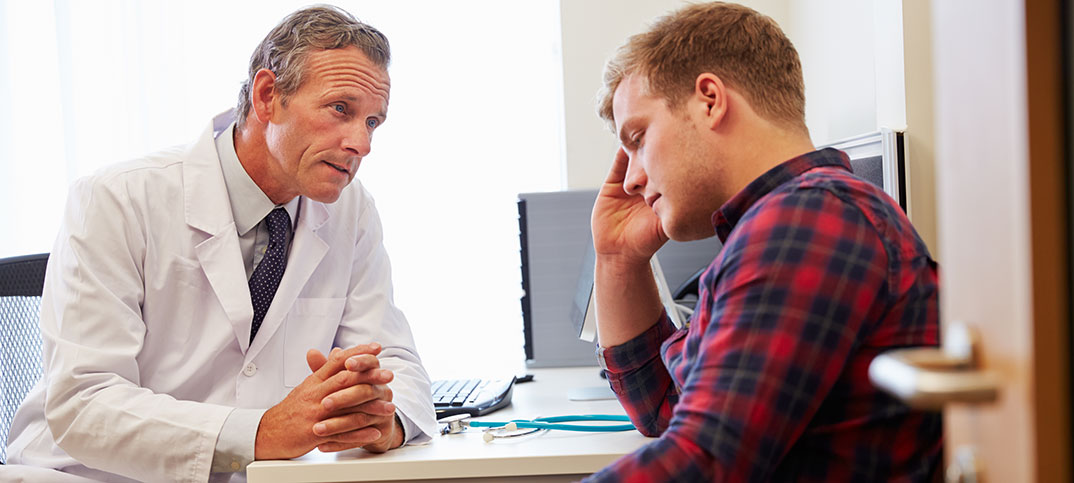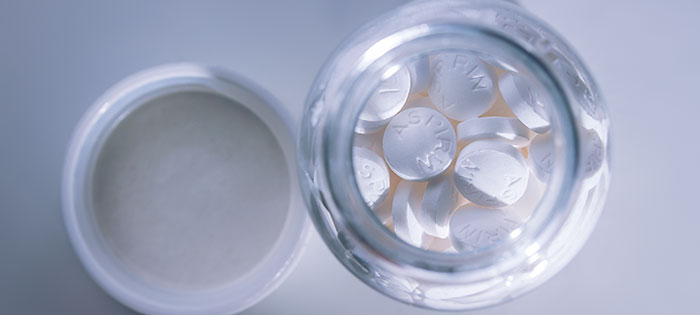Ask the health educator: Can ‘pulling out’ prevent pregnancy?
—Cris M.*, Georgia Gwinnett College
I get a lot of questions about the pullout method, also known as coitus interruptus or the withdrawal method. It’s the third most commonly used form of birth control among college students, according to the National College Health Assessment survey (fall 2015, involving 90,000 students).
The short answer: Yes, pulling out can prevent pregnancies on its own, when used correctly. But it isn’t the most effective form of birth control. If you’re using this method, it’s best to use it in conjunction with another form of contraception to decrease the likelihood of unintended pregnancy.
Here’s what you need to know:
The effectiveness of the pullout is dependent on using the method correctly
When not used correctly, 27 women out of 100 who rely on pulling out will become pregnant each year, according to Planned Parenthood. However, when withdrawal is done perfectly, those unplanned pregnancies are reduced to about 4 out of 100 women each year. In other words, if you are not using another method of birth control, it’s extremely important to use withdrawal correctly.
How to ‘pull out’ the right way
Many errors can occur while using the pullout method. The most important thing to keep in mind is to avoid having ejaculate fluid come into contact with the vulva (the outside of the vagina) or the vagina. This includes pre-ejaculate fluid, also known as pre-cum, as pre-cum can contain viable sperm that could cause pregnancy.
Being able to pull out prior to ejaculation is something that a man needs to know how to do. As a sex educator, I’m not in the business of telling people what to do unless it’s to prevent harm to themselves or others. That said, for this method to be used correctly, a man must understand his body and pull out prior to ejaculation.
To master this technique, a man can masturbate alone. This helps him understand his body and what it feels like for him right before ejaculation. It’s important to practice this several times before trying it out with a partner. If a man isn’t comfortable with masturbation, using another form of contraception instead of the pullout method might make more sense. Understanding how the body feels prior to ejaculation is crucial to withdrawing correctly.
Communication is also key for the pullout method to work. Being able to talk about where a person is going to “pull out” to ejaculate is important, as well as when to stop stimulation so that the person has time to withdraw before ejaculating outside the body.
The downsides of pulling out
There are many opportunities for pulling out to fail. This can be a difficult contraception method to implement. It requires knowledge of the body and the ability to pull out despite distractions. While masturbation can help a male to understand his body, it isn’t guaranteed. Plus, pulling out provides no protection from sexually transmitted infections (STIs).
How else can you prevent pregnancy?
Many forms of contraception are more effective than the pullout method. In fact, it’s even better to use the pullout method in addition to another form of birth control, to further decrease the risk of unintended pregnancy. For example, if a man puts on a condom before pre-ejaculatory fluid (pre-cum) is released, and then pulls out, ejaculating outside of the body in the condom, no sperm will come into contact with the vulva or vagina.
Compare birth control methods: Bedsider
(*Name changed)












